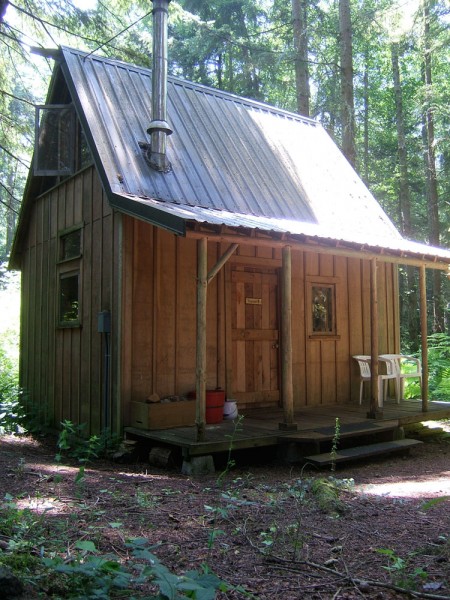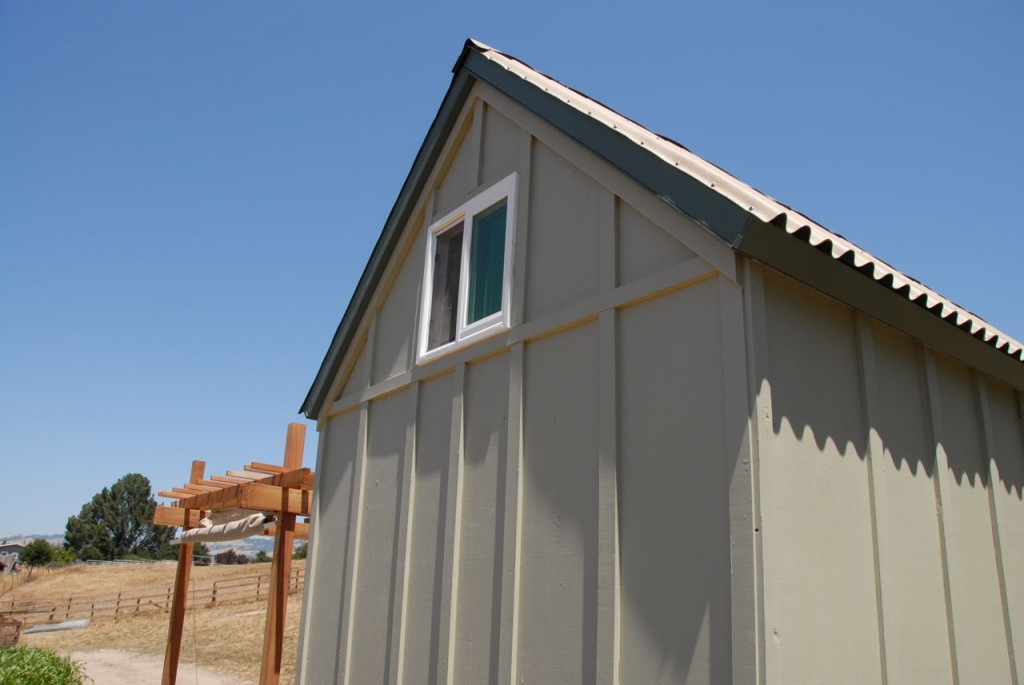When is a building permit not required? How do I know what I can and cannot build? How do I find out this information?
The first and most important thing to know is that each location is different, there are no set standards across the country so you need to check with your local County and City authorities. Thankfully much of this information is now online and you can do your research without talking to anyone.
I live in Sonoma County in Northern California. Here are the steps I went through to discover what the requirements were for building without a permit.
- I Googled “Sonoma County” and found their website
- Then I did a search on Permits on the Sonoma County website
- Clicked on Forms and Applications
- Found the form “When is a Building Permit Not Required?”
Not every county will be the same so this is just an example of how to start looking for the information. Here is the information I found doing this research:
Work Exempt From A Building Permit
The following is a list of work that may be performed without a building permit. If your project does notappear on this list of exempt work, you should assume that a building permit is required.
Note: Although some work is exempt from a building permit, additional permits or review may be required. Before a building or structure is erected, constructed, enlarged, altered, repaired, moved, improved, removed, converted or demolished, it is important to contact the appropriate staff at the Permit and Resource Management Department (PRMD) to determine if any other permit or technical review is required.
Although work may be exempt from a building permit, it may be subject to other county regulations (Well and Septic, Zoning, Drainage, Sewer, etc.). Although a building permit is not required, the exempt construction/work must be code compliant. For example, re-striping a commercial parking lot is exempt from a building permit, however, the striping must conform to building code standards for accessibility and Zoning standards for parking lot design. Failure to comply with code requirements may constitute a violation.
Building:
- Accessory Structures: One-story detached accessory structures used as tool or storage sheds, playhouses or similar uses when located on a parcel which contains an existing single family dwelling or other permitted primary use or structure. Such structures shall not have a floor area that exceeds 120 square feet and the height above grade shall not exceed 12 feet. No more than one structure may be allowed under this exemption unless separated from another permit exempt structure by more than 50 feet.
Note: Electrical, plumbing, or mechanical work in connection with such structures requires an electrical, plumbing or mechanical permit even though a building permit is not required for the structure itself.
To read the complete document go to When is a Building Permit Not Required? (No longer available)
This document tells me that I can build up to a 120 square foot structure without a permit. It can’t be higher than 12 feet and if I choose to put in electrical or plumbing I will need to get a permit for that only.
So technically I could build a Sonoma Shanty that is 120 square feet on a foundation as long as it meets these requirements. I would need a permit for the wiring and plumbing if I chose to put that in.
What if it is on wheels or considered an RV?
I was unable to find anything regarding this on the Sonoma County website. To my knowledge each town or neighborhood has its own rules regarding this. Some places allow you to park an RV at your home or on your property but only allow you to live in it for so much time and than you must move it. Others say it can only be parked but not lived in, and other areas don’t care one way or the other.
What About a Remote Area?
Often you can build in a remote area without permits. Here again it is important to check with your county requirements.
Many people just build and some areas are so remote that no one knows about your cabin or home. If you are reported by neighbors or someone else you may have to deal with the local codes and/or remove or tear the structure down.
Hopefully this article has given you some idea as to where to start looking for this type of information and also what to look for.
Written by Stephen Marshall of Little House on the Trailer in 2009 for the Sonoma Shanty Plans.

